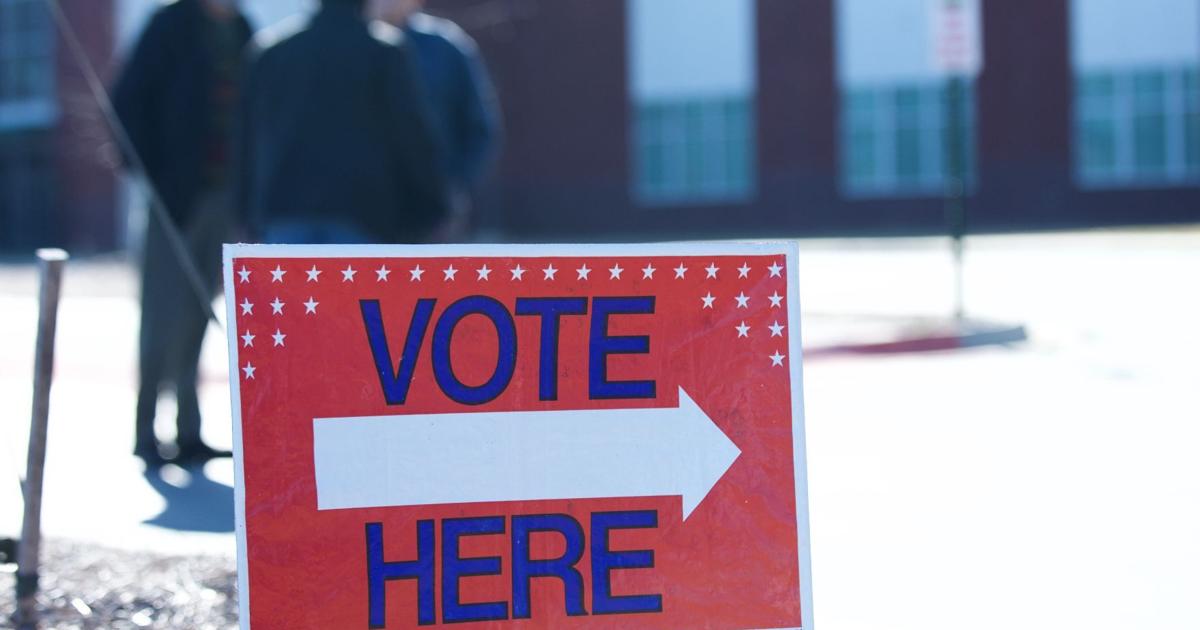| Editorial Board | Washington Post |
It’s not the fault of ranked-choice voting that a majority of Alaskans didn’t want Sarah Palin to represent them in Congress. Yet Ms. Palin and other prominent Republicans are unfairly blaming this new system, approved by statewide ballot initiative in 2020, for allowing Democrat Mary Peltola to prevail last week in a special election to complete the term of the late Don Young (R). In fact, ranked-choice voting isn’t a partisan tool; it’s a valuable way to ensure that the outcome accurately reflects voters’ preferences.
Ms. Peltola received 40 percent to Ms. Palin’s 31 percent in the first round of what’s also called an instant runoff process. Under that system, Ms. Palin’s fellow Republican Nick Begich III, who received 29 percent, was eliminated from contention, and his voters had their next choices tabulated. The result: Ms. Peltola beat Ms. Palin, 52 percent to 49 percent. The same three candidates will face off again in November for a full term.
”The big winner of ranked-choice is lowercase-d democracy.
Generally, ranked-choice voting won’t benefit Democrats more than Republicans. If implemented in a state such as Nevada, for example, it would probably work more often to the GOP’s advantage, because third-party candidates there tend to divert more conservative votes. The big winner of ranked-choice is lowercase-d democracy, for this simple reason: The system elevates candidates who are more broadly acceptable. Letting voters rank their preferences in open primaries will tend to elevate pragmatists over ideologues. It makes it harder for candidates with a fervent but narrow base of support and gives voice to the disaffected middle.
That’s what happened in Alaska. Ms. Palin, the 2008 GOP nominee for vice president, quit midway through her single term as governor to pursue reality television and other lucrative ventures. She was so focused on her national brand that she announced no public events in Alaska between a July 9 rally that former president Donald Trump headlined for her in Anchorage and the Aug. 16 special election. Meanwhile, Ms. Peltola, an Alaska Native and former state legislator, focused relentlessly on local issues.
It’s no coincidence that the only congressional Republicans on the ballot this year who have survived having voted to impeach Mr. Trump have been those from states with open primaries in which the top finishers advance to the general election: Washington Rep. Dan Newhouse, California Rep. David G. Valadao and Alaska Sen. Lisa Murkowski. Ms. Murkowski finished first in her August primary, and she’s favored this fall over a Trump-backed challenger because of ranked-choice voting.
A common argument against ranked-choice voting is that it’s too complicated. Yet polling by Alaskans for Better Elections, an advocacy group for ranked-choice voting, shows 85 percent of voters in this election said the process was simple. Still, jurisdictions that adopt this system need to figure out how to count ballots faster, even if the delays are unrelated. That gives time for election deniers to sow doubts and peddle conspiracy theories.
Looking ahead, we wish that both Montgomery County, Md., and the District would choose their leaders via ranked-choice voting. Because Democrats are so dominant in both jurisdictions, whoever gets the most votes in the primary becomes a shoo-in for the general. That’s how Montgomery County Executive Marc Elrich essentially secured another term after winning 39 percent in the Democratic primary, edging out David Blair by fewer than three dozen votes. There’s plenty of time to change the system before 2026.





